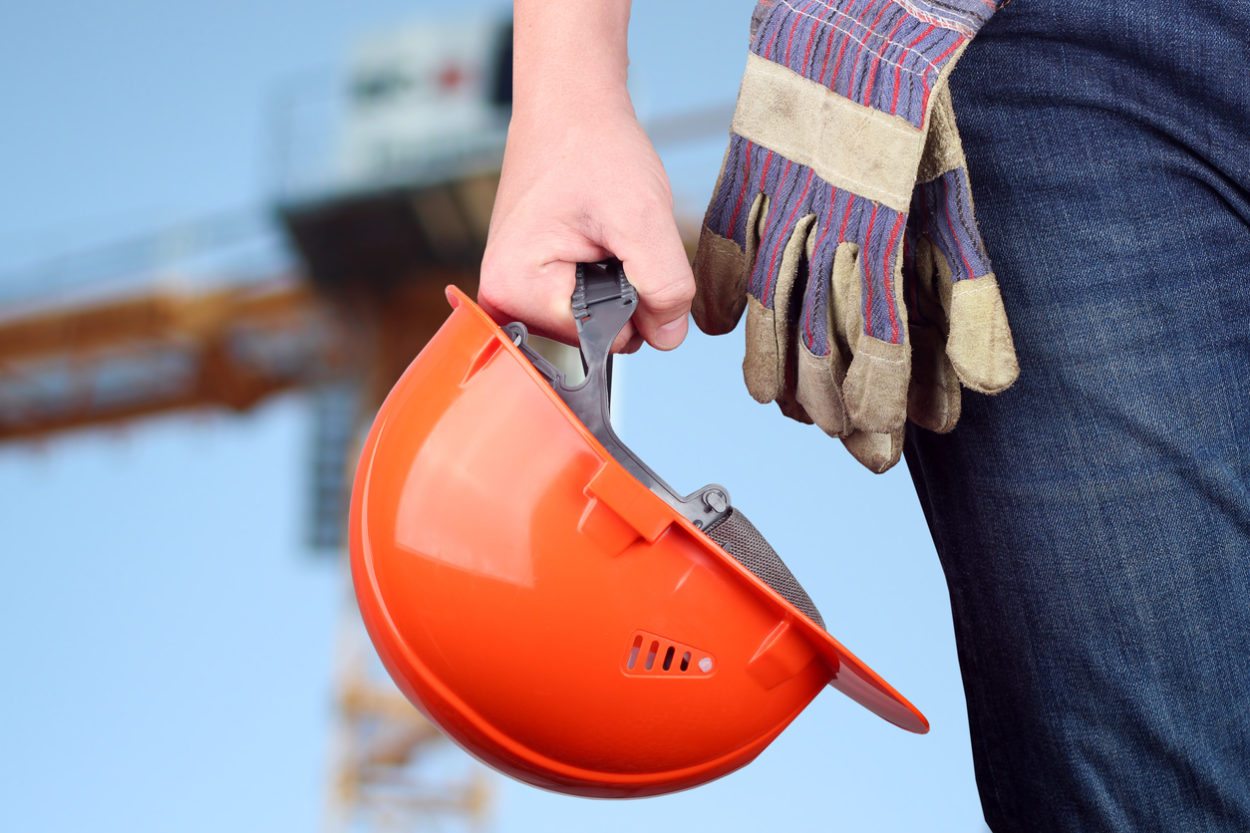SC Workforce Still Struggling
NIKKI HALEY POISED TO GO OUT ON A LOW NOTE … South Carolina’s labor participation rate sYou must Subscribe or log in to read the rest of this content.
NIKKI HALEY POISED TO GO OUT ON A LOW NOTE …
South Carolina’s labor participation rate s
